This is the second installment in Harvard Magazine’s new series, “At Home with Harvard,” a guide to what to read, watch, and listen to while social distancing. Read the first piece, featuring stories about Harvard's Arnold Arboretum, here.
Harvard may not be known as a school for aspiring artists, but it has produced some of the most interesting creators—filmmakers, film writers, film critics—shaping cinema, past and present. Here, our editors curate their favorite stories about Harvardians on screen.
I enjoyed this piece for its fun, vivid look into how two recent graduates—Joshua Campbell '16 and Gabe Fox-Peck '19—collaborated on a song that would end up nominated for an Academy Award. The final quote from Campbell’s Mother (“You guys need to stop waiting around for someone to ask you to write songs! Write your own songs.”) makes me want to write a song, too.
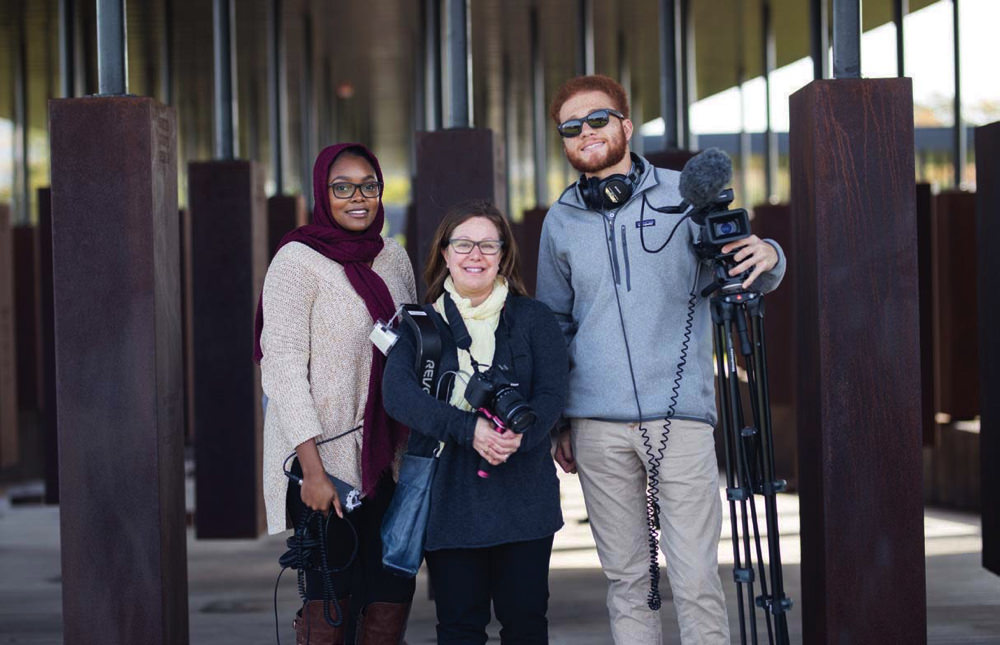
Michele Forman (center) and her students filmed at the National Memorial for Peace and Justice in Montgomery, Alabama, for a project to raise awareness about the history of lynching.
Photograph by Kenzie Greer
Not all students get a note from Spike Lee, letting them know that their class assignment could become a movie. Documentary filmmaker Michele Forman ‘93 received that note and ran with it (among a myriad of other influences), co-founding a filmmaking program at the University of Alabama at Birmingham (UAB) and producing a number of documentaries that show the complexity of Southern life.
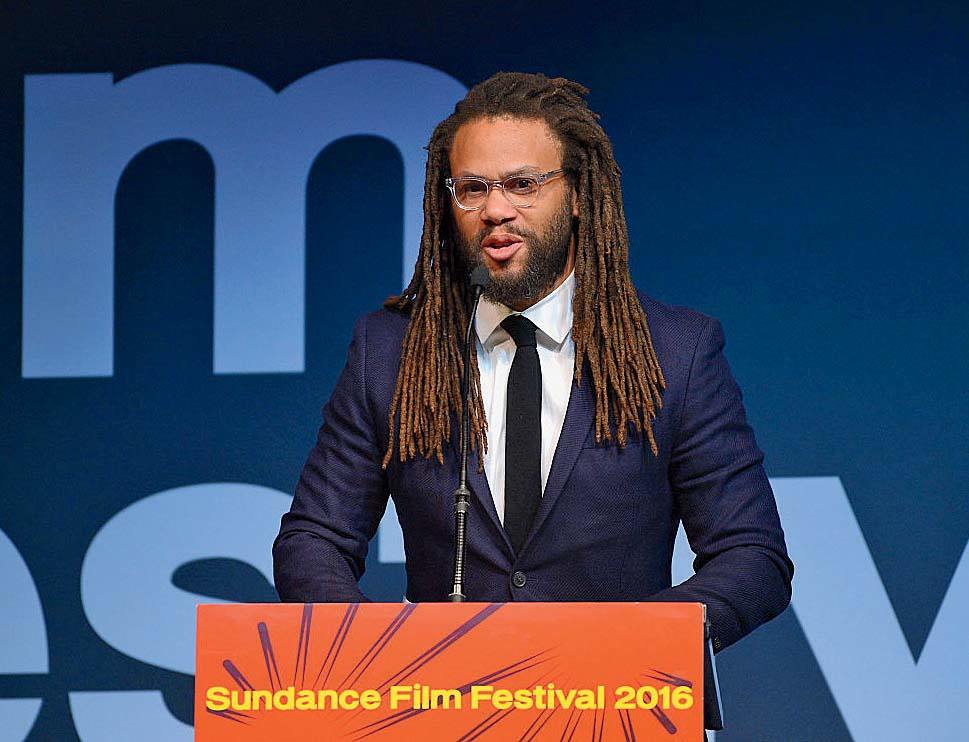
Leonard speaking at the most recent Sundance Film Festival, where he served on the jury
Photograph by Andrew Toth/Getty Images
I love this feature on Franklin Leonard ’00, whose “Black List” of screenplays-to-watch went from a simple poll of top industry producers to something more like the “Google of scripts.” It’s a great read about an industry often inaccessible to outsiders, and a fascinating person changing that.
~Jacob Sweet, Staff Writer/Editor
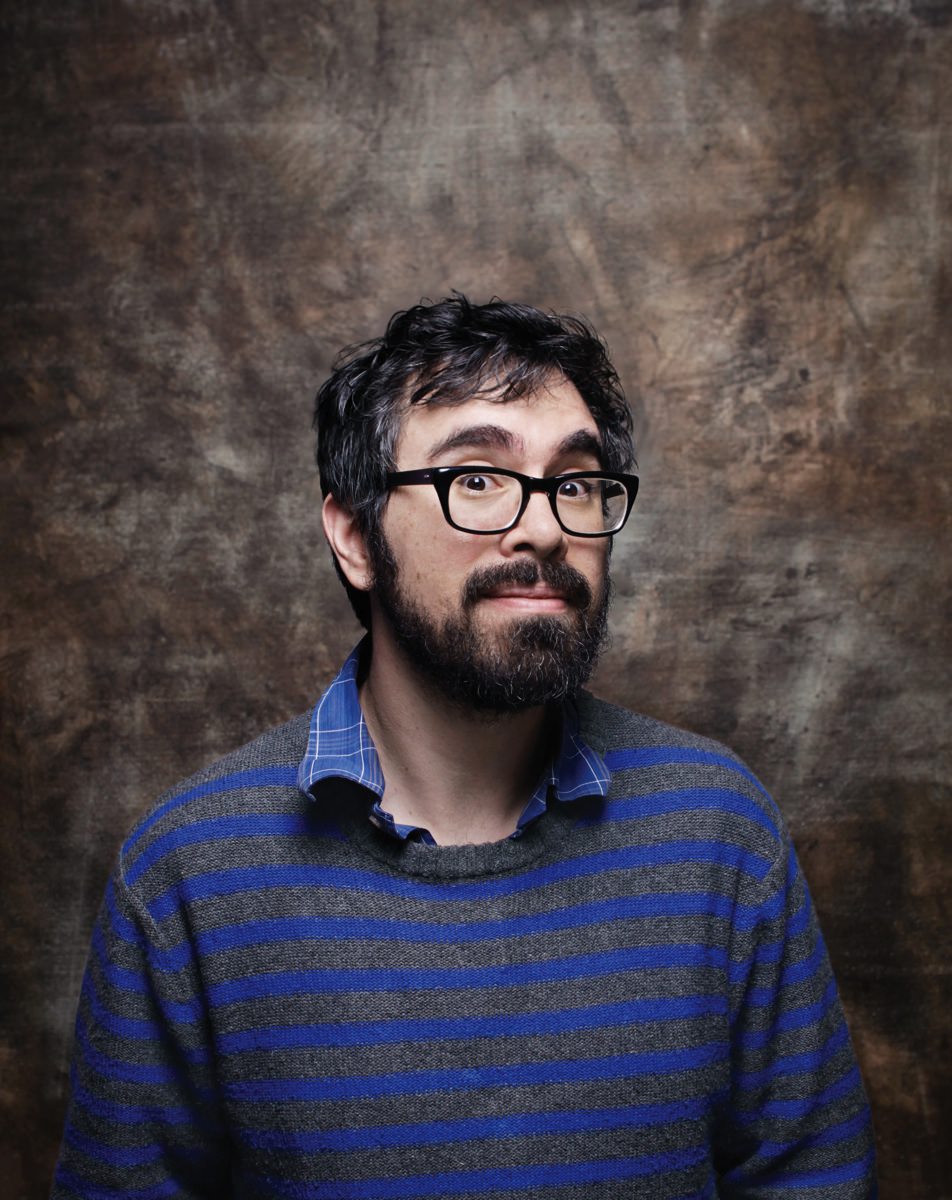
Andrew Bujalski
Photograph by Jay L. Clendenin/Contour by Getty Images
Sophia Nguyen, who was an editor for this magazine from 2014 to 2018, excels at writing textured, puts-you-in-the-scene stories about arts and culture. Read her profile of Andrew Bujalski ’98, the filmmaker credited with the rise of mumblecore, an independent-film genre focused on young adults and their awkward, disappointing lives (and while you’re on lockdown, find his films on Netflix). “Films in this vein captured the feel of postgrad, pre-adult existence,” she writes. “If these white, straight, middle-class, twenty-somethings seemed a little too sanguine about their sporadic employment, well, it was pre-recession America. No one knew how to panic.”
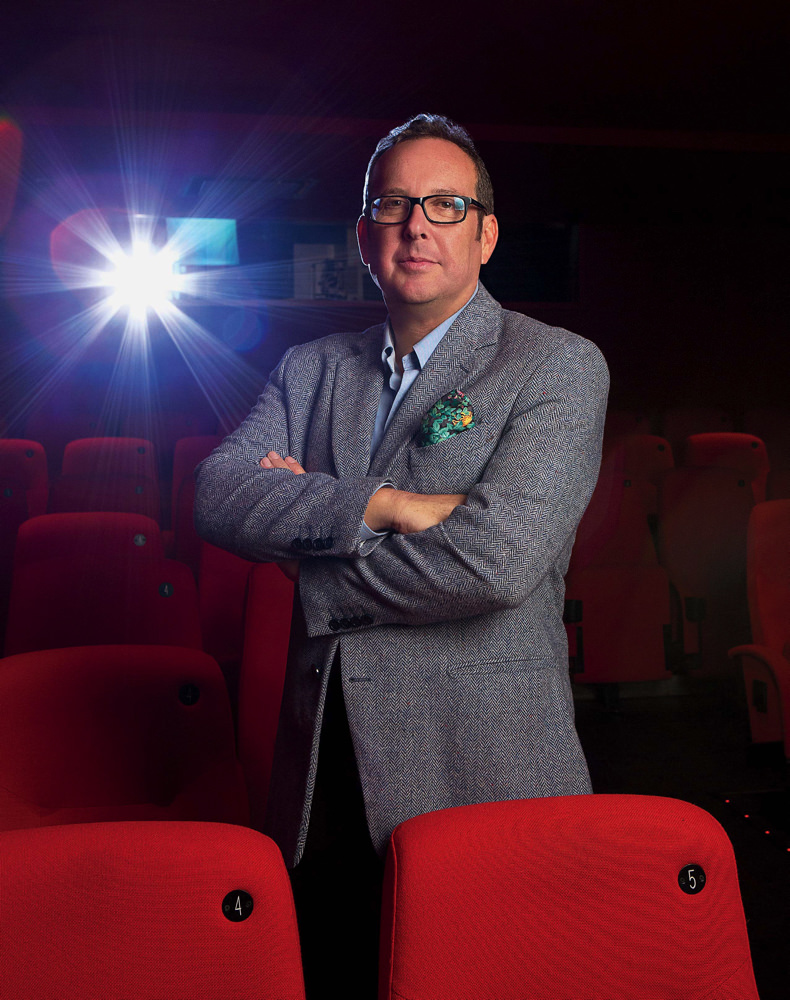
A.O. Scott at the Quad Cinema, New York City.
Photograph by Robert Adam Mayer
Special thanks to The Quad Cinema, 34 West 13th St. New York , New York
This wonderful profile of New York Times film critic A. O. Scott ’87 is one of my favorite recent stories in the magazine. While pursuing a Ph.D. program in English, Scott remembers, he was “miserable, stuck in a thing I had no desire to do....You had to specialize, and I was too much of a dilettante.” When he discovered arts criticism for newspapers and magazines, it was a revelation: “It felt very liberating to be writing for non-academic readers—you can say what you like. With academic writing, everything had to be justified, cited. But here it was possible to have an opinion and just state it. It was also possible to make a joke.” This story will help you understand what film criticism is all about, and to rethink “well-worn objections to critics: they lack joy; they rain on everyone else’s parade; they are haters, squares, snobs, or nerds. Scott pushes back at these stereotypes and argues that criticism remains integral to the process of creation in the arts.”
“It might be impossible to make original art about the Kennedys,” Sophia Nguyen writes in this smart take on the 2016 film Jackie. Read about screenwriter Noah Oppenheim ’00’s reconstruction of the days after John F. Kennedy’s assassination, with Natalie Portman ’03 cast as the newly widowed First Lady.
~Marina Bolotnikova, Associate Editor

Puddles of water, a leitmotif in Foreign Parts, fill the rutted streets of Willets Point in Queens, a mecca for auto repair and parts.
Film still courtesy of Foreign Parts
I love the closing quote in this story, spoken by a filmmaker documenting a neighborhood about to be lost to urban redevelopment: “Film at its best aspires to be a medium of commensality rather than mere communication,” says anthropologist Véréna Paravel, “a way of sharing and reliving the world with one’s subjects.” In Foreign Parts, her subjects are inhabitants of a Queens neighborhood of junkyards and auto-repair shops—a world that is both small and particular, and yet profoundly expansive. Former Harvard Magazine editor/writer Craig Lambert describes her chronicle as a kind of poem: “an exploration of the society itself,” he writes, “in both its vitality and its cruelties.” When she first stumbled on the Willets Point neighborhood in Queens, years earlier, Paravel says evocatively, “I had the feeling that I was walking into a cemetery, a cathedral, a museum, a feudal village, a third-world country, a postindustrial microcosm, all at once.”
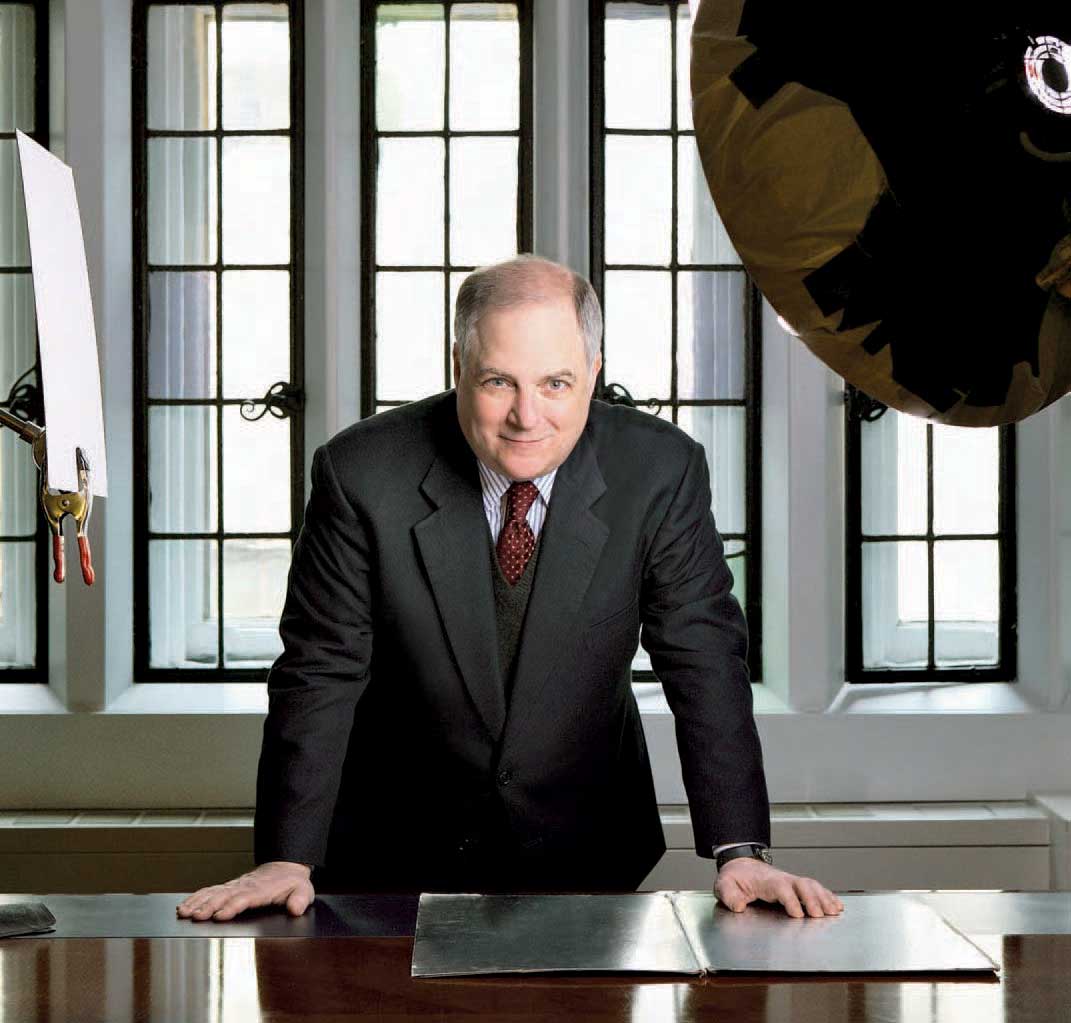
Frank Rich, lit by a bounce card and a beauty dish reflector, in the New York Times editorial boardroom
Photograph by Robert Adam Mayer
“Image wins out over reality more and more in the battle for attention and belief,” Craig Lambert writes in “Reviewing Reality,” a 2007 profile of former New York Times theater critic and columnist Frank Rich. That line that feels even truer today. This story of a D.C.-born kid who grew up obsessed with politics and found a career straddling entertainment and news is also a thoughtful—and thought-provoking—meditation that offers insight from the recent past on a growing American predicament: the overlap of culture and politics, the power of visual image in perceptions of reality, the battle for the marketplace of information. “If you can’t agree on the fact that the house is burning down,” Rich tells Lambert, “you can’t put out the fire.”
~Lydialyle Gibson, Associate Editor









